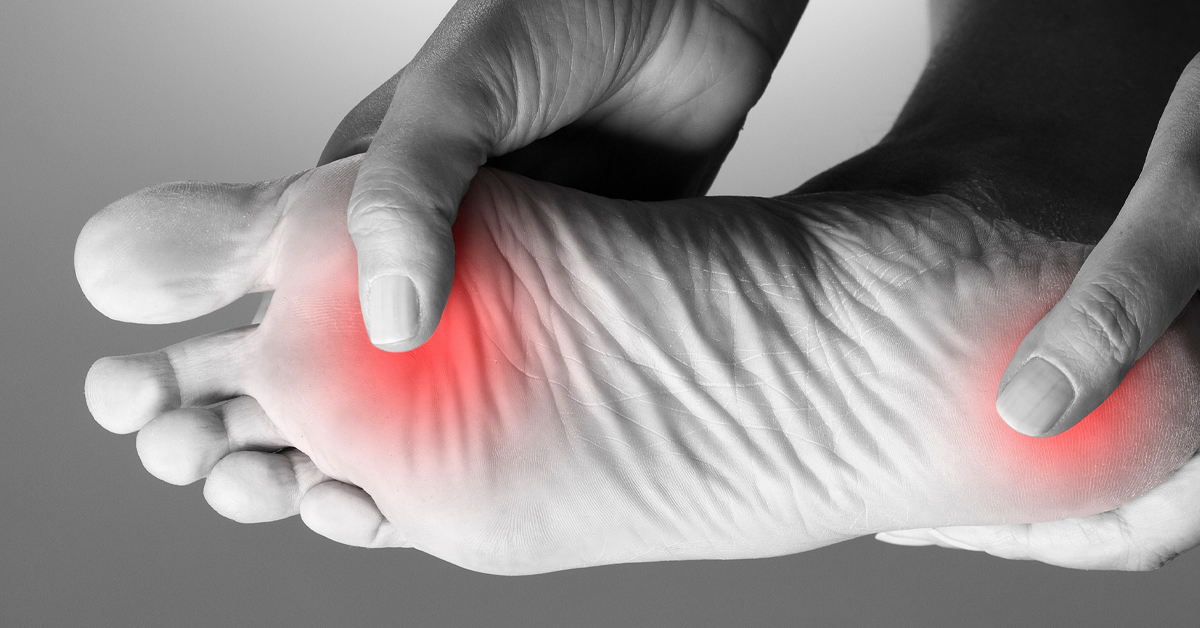
What is a Bunionette Deformity?
A bunionette is a foot deformity that occurs when a bump forms on the foot's outer side. This condition may also be referred to as a tailor's bunion. Bunionettes are similar to bunions, but bunionettes are less common and form at the base of the smallest toe.
What causes Bunionette Deformity?
Take some time to examine your feet. When referring to your anatomy, the bones in your toes are numbered from one to five, beginning with the big toe and ending at the smallest toe. The bones in your toes are called phalanges, and there are three phalanges in each of your smaller toes. From the tip of your toes to the base, these bones are named the distal phalange, the middle phalange, and the proximal phalange. At the base of the toe, the proximal phalange in each toe meets the head of a metatarsal bone. This meeting point is called the metatarsophalangeal joint.
The smallest toe on the foot is referred to as the fifth toe. Because the bunionette affects the metatarsophalangeal joint at the fifth toe, we refer to that joint as the fifth metatarsophalangeal joint. The most common cause of bunionettes is an abnormal amount of flexibility in the fifth metatarsophalangeal joint. This increased flexibility is usually due to inherited structural issues in the tendons, ligaments, and bones at the joint. This anatomical abnormality can cause the fifth toe to shift out of normal alignment with the fifth metatarsal and gradually become partially dislocated. If this happens, the fifth toe will turn towards the fourth toe, and the head of the fifth metatarsal will be exposed. Regular pressure on this area can lead to the formation of bunionettes. Other contributing factors in bunionette formation include trauma and shoes that don't fit well.
Symptoms and Diagnosis
Symptoms of a bunionette include a boney bump at smallest toe's base. The skin at the bump may also thicken, and callouses may form. You may also find the bump to be painful or sensitive, which may make it difficult to find shoes that feel comfortable.
How is a Bunionette Deformity Treated?
Treatment options for bunionettes may vary depending on the severity of the condition. Conservative treatment options may include roomier shoes and orthotic devices. Orthotics may help to reduce the amount of pressure on the joint and to cushion the bunionette. If the bunionette is very severe, surgery may be necessary. Surgery for bunionettes may be performed to realign the metatarsophalangeal joint and to remove the bunionette.

